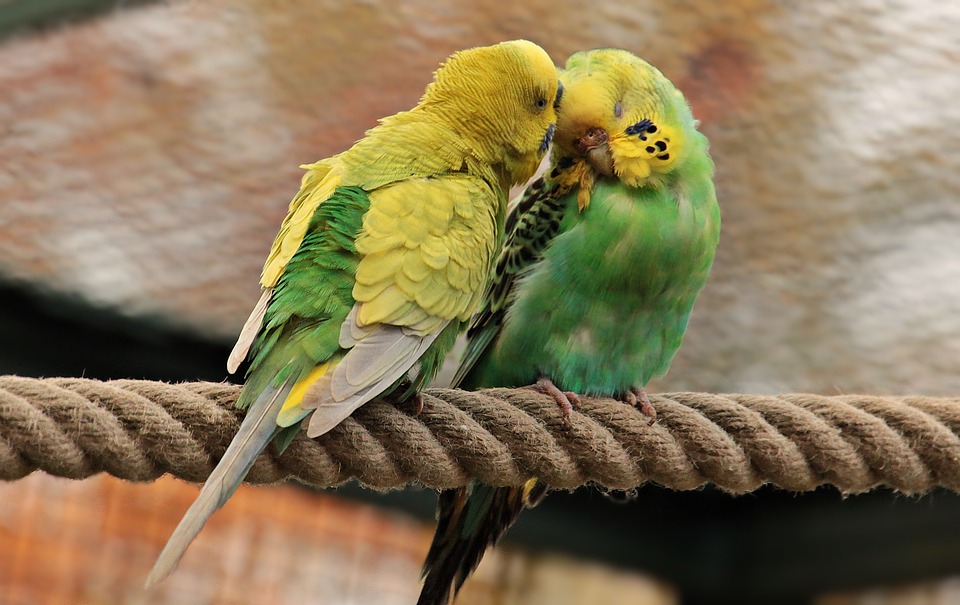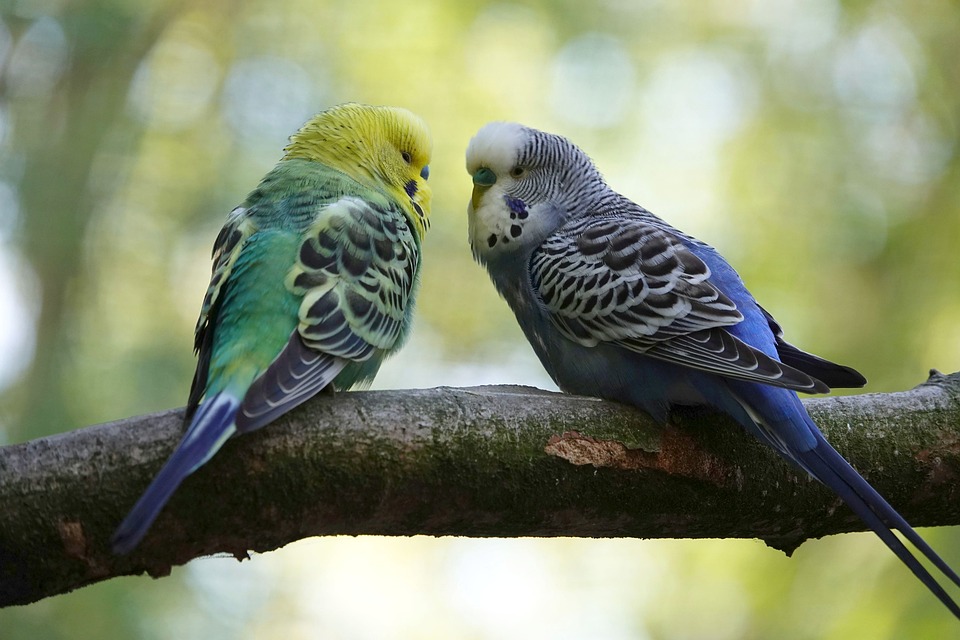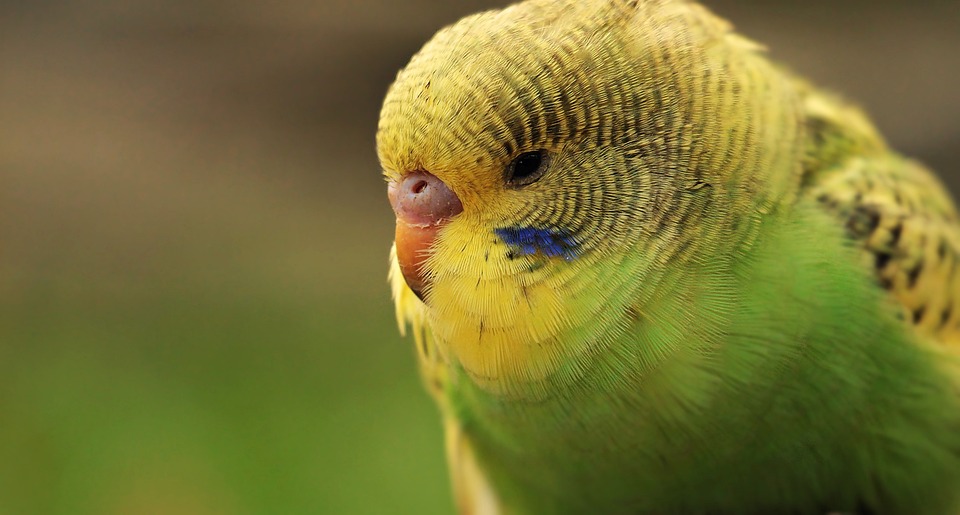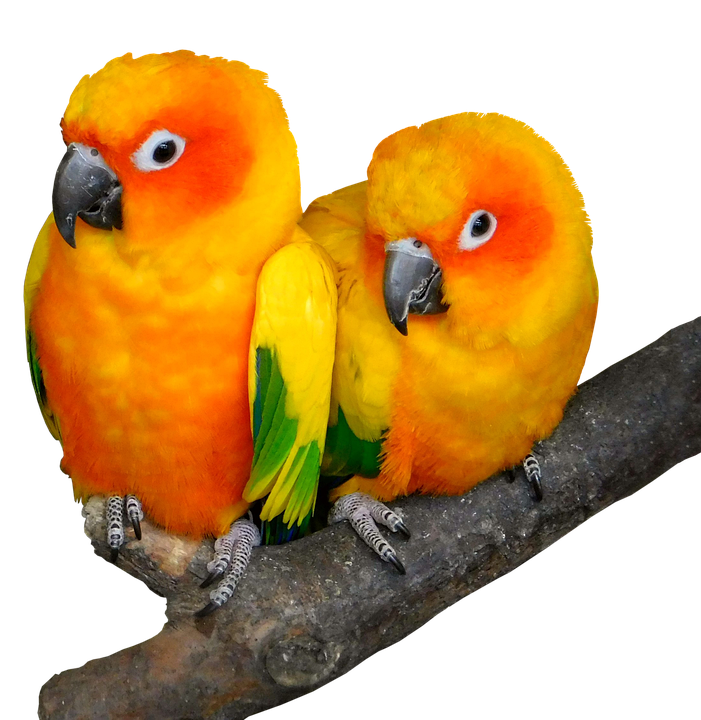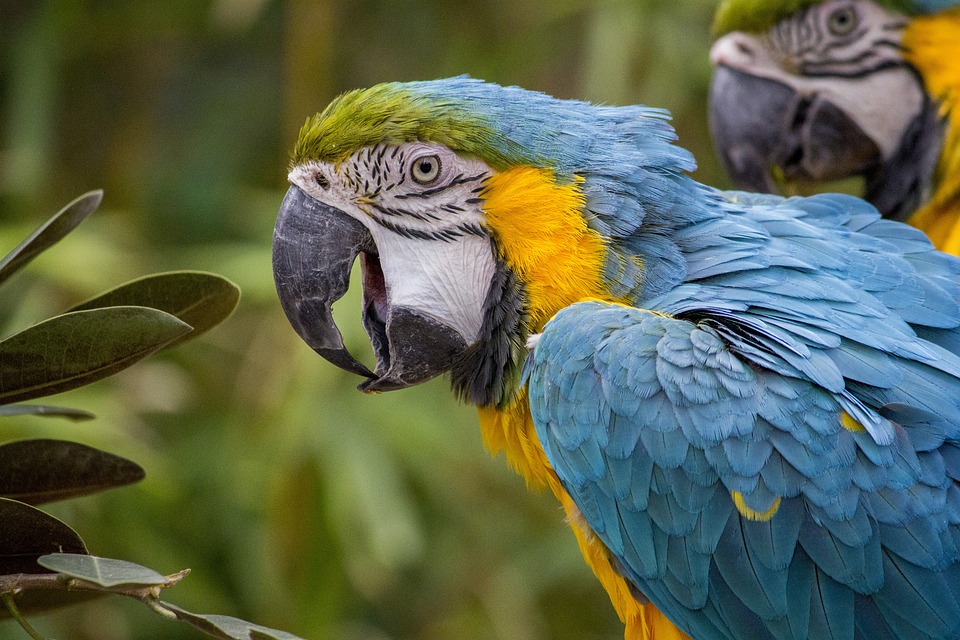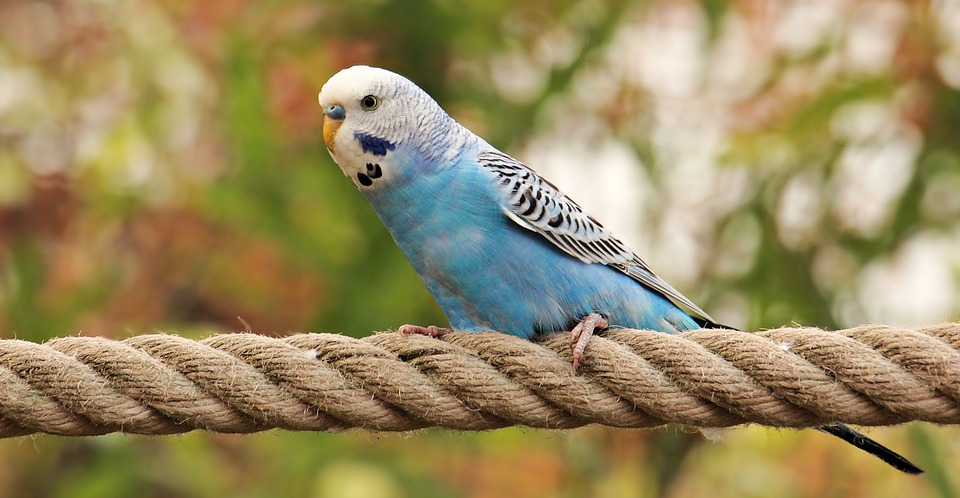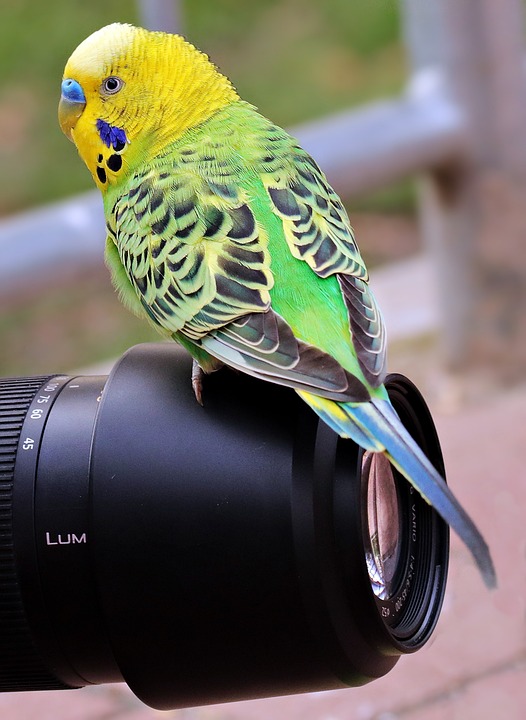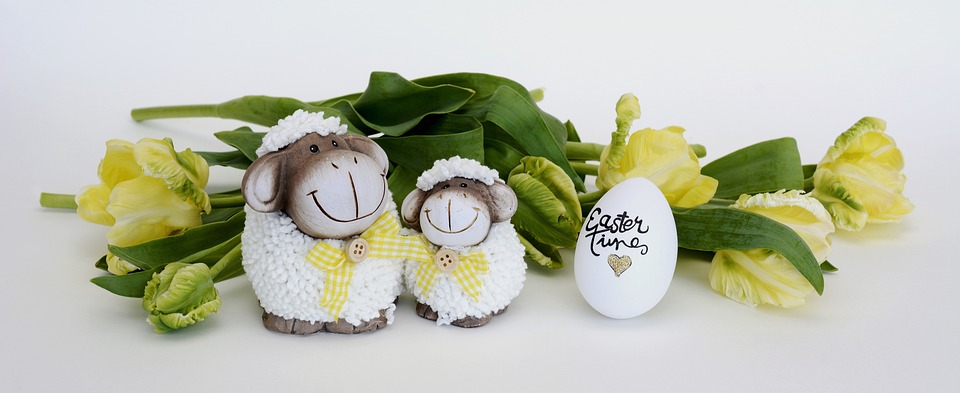Parrots are highly intelligent and social birds known for their vibrant plumage and ability to mimic human speech. However, understanding their behavior can be quite a challenge for new parrot owners. In this article, we will delve into the significance of ropes and perches in shaping parrot behavior and the overall interaction with their environment.
Ropes play a crucial role in parrot behavior as they provide exercise and physical stimulation. Parrots are natural climbers and by introducing ropes into their enclosure, parrots can engage in physical activities such as climbing, swinging, and hanging. These actions help them exercise their muscles and promote overall physical fitness.
In addition to physical exercise, ropes also encourage natural behaviors in parrots. In the wild, parrots spend a significant amount of time navigating through branches and foliage. By introducing ropes into their enclosure, parrots can exhibit natural behaviors like climbing, grasping, and swinging, which contribute to their mental well-being.
Ropes with various knots and textures can serve as puzzles for parrots, stimulating their problem-solving abilities. By encouraging them to untie knots or navigate through intricate rope structures, parrots can develop their cognitive skills and alleviate boredom.
Perches also play a significant role in parrot behavior. They provide parrots with a sense of security, allowing them to observe their surroundings from a higher vantage point. Different perch sizes and textures mimic the diverse surfaces parrots encounter in the wild, promoting their overall comfort and well-being.
Well-designed perches offer varying diameters, which help exercise and strengthen the muscles in a parrot’s feet. Additionally, providing perches with different textures, such as natural wood or ropes, can prevent foot problems like bumblefoot and pressure sores.
Strategically placed perches within an enclosure encourage parrots to move around and explore their environment. By offering perches at different heights and locations, parrots can engage in natural behaviors like hopping, flying short distances, and navigating their surroundings.
Ropes and perches also have a significant impact on parrot-owner interaction. When parrots are provided with ropes and perches, they have a safe space to interact with their owners. Spending time together on perches and engaging in activities like gentle rope swinging can help build trust and strengthen the bond between parrot and owner.
Ropes and perches can be used as training tools, enabling parrots to learn new tricks or behaviors. By integrating these elements into training sessions, parrots are more likely to respond positively and actively participate in the learning process.
Interacting with parrots on ropes and perches allows for face-to-face communication, eye contact, and physical touch. These moments of close proximity facilitate socialization, enabling parrots to feel more comfortable and confident in their interactions with their owners.
In conclusion, understanding parrot behavior is crucial for creating a stimulating and enriching environment for these intelligent birds. By incorporating ropes and perches into their living spaces, parrot owners can promote physical and mental well-being, strengthen the bond with their feathered companions, and ensure a fulfilling and engaging life for their parrots.


